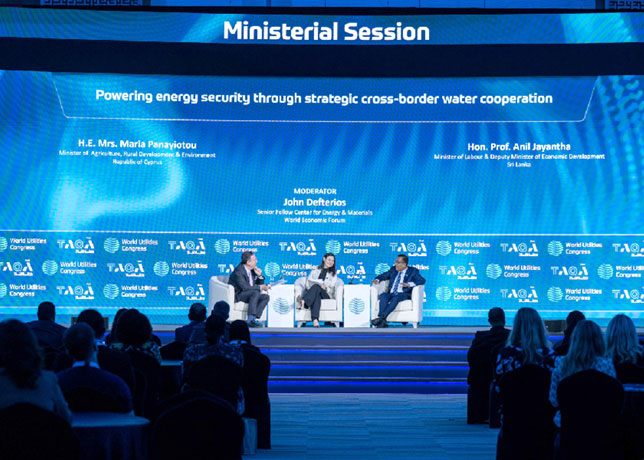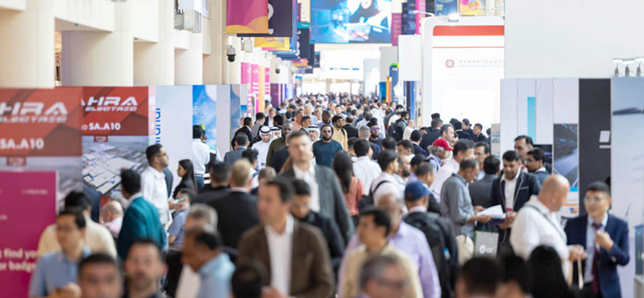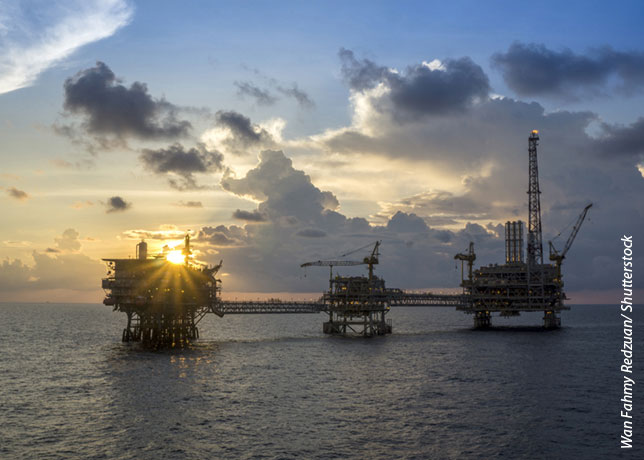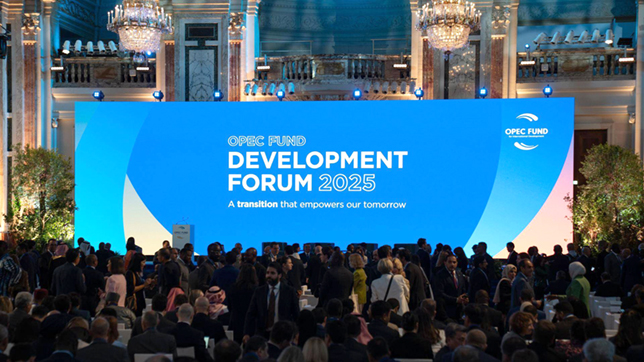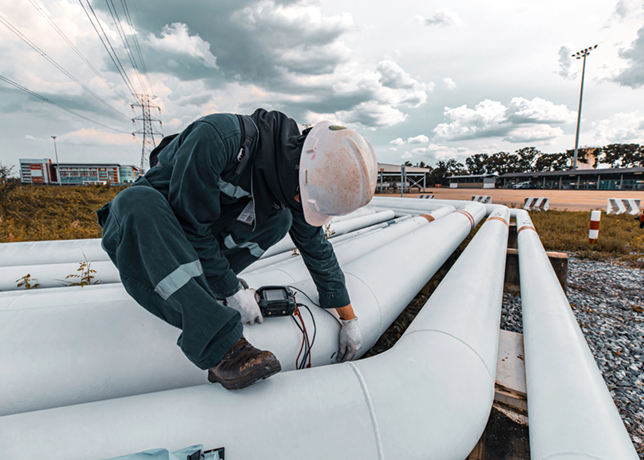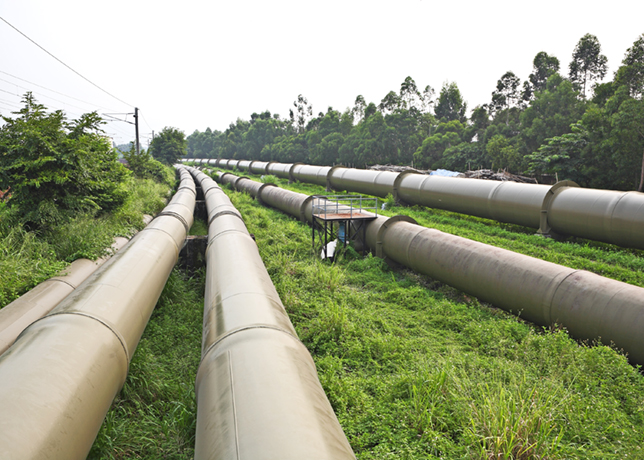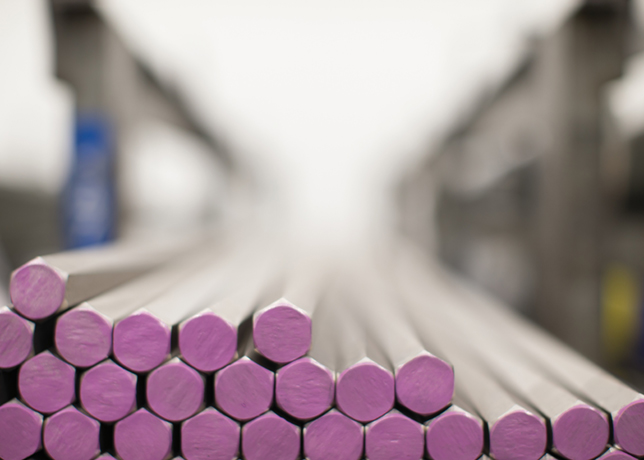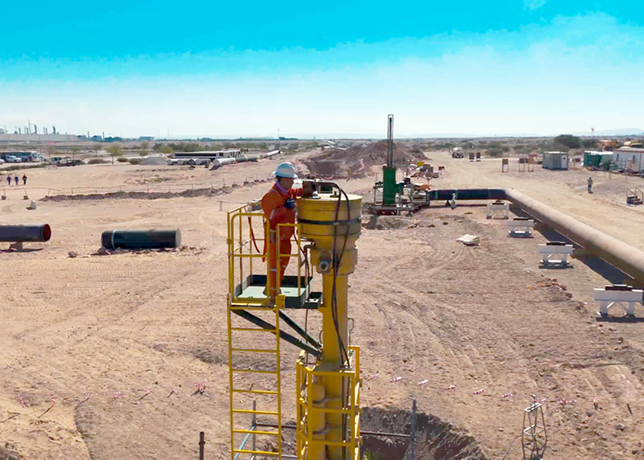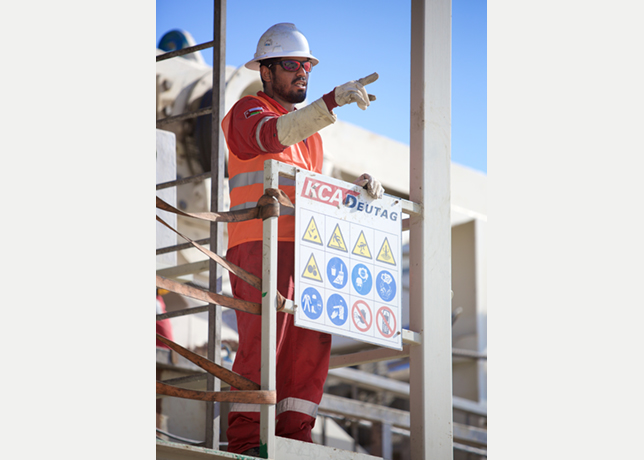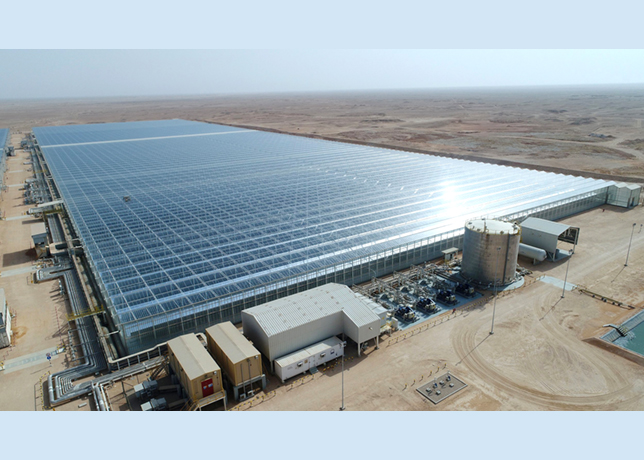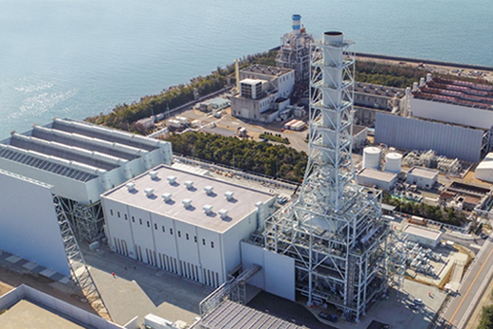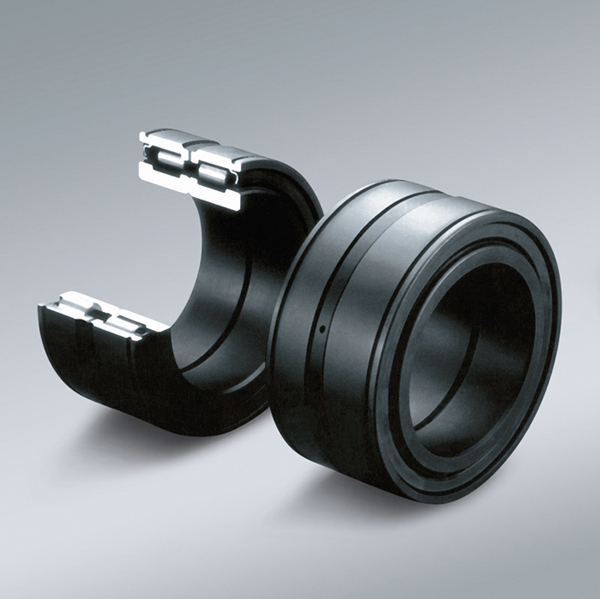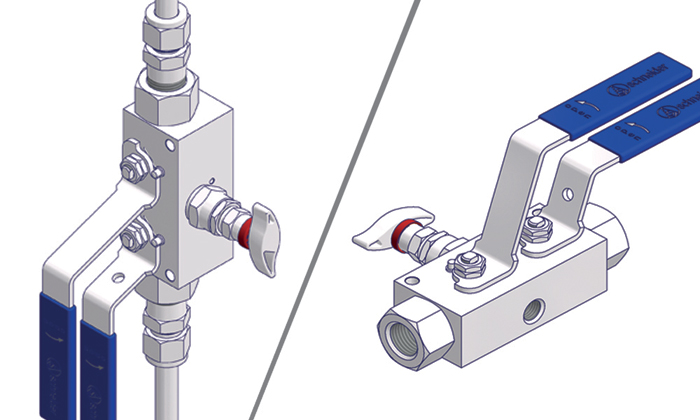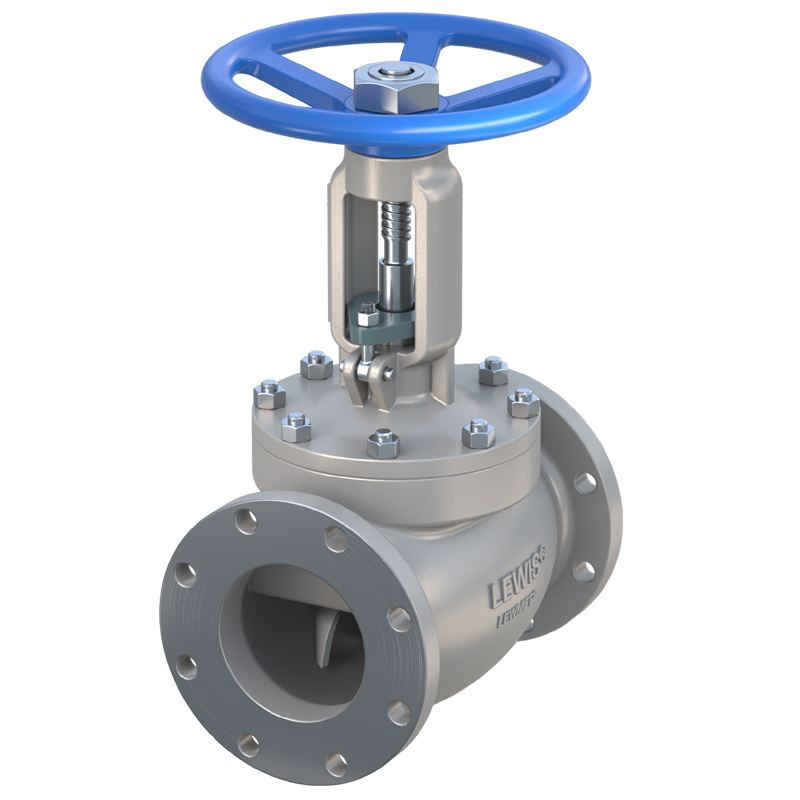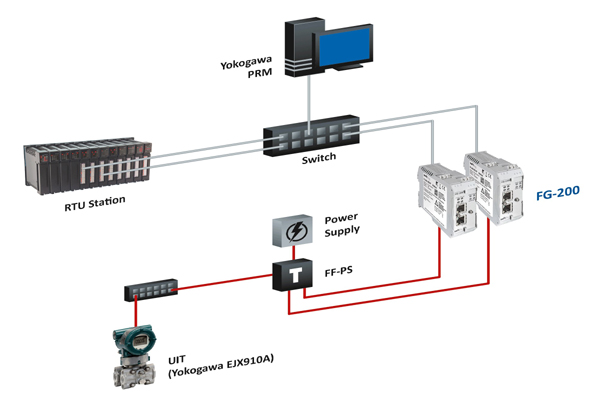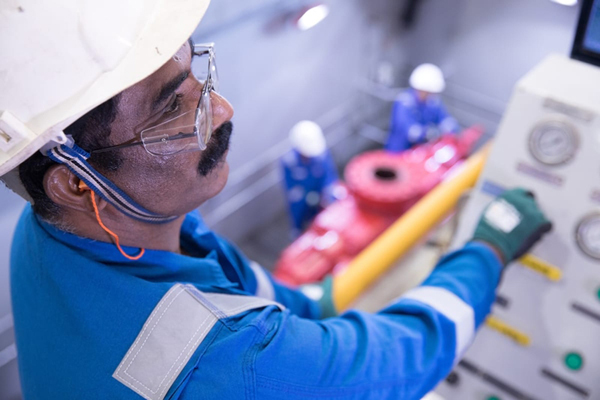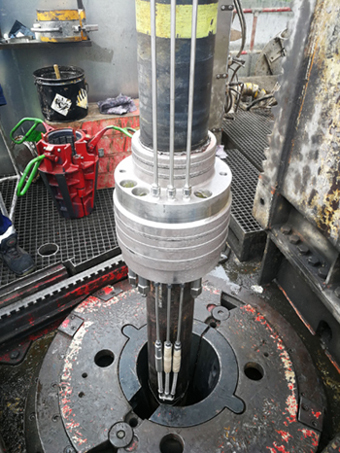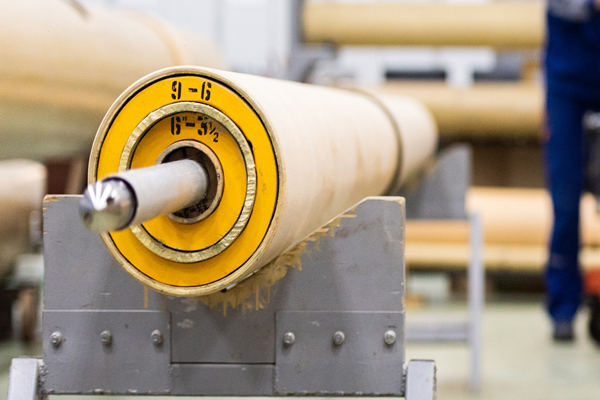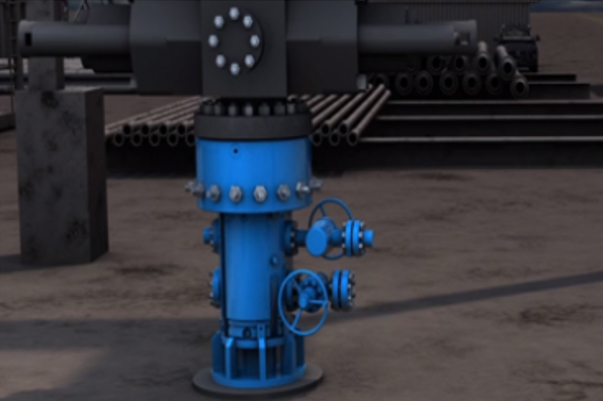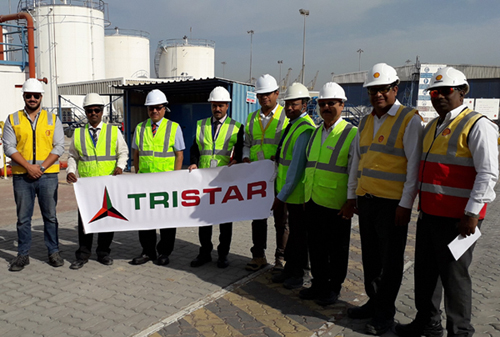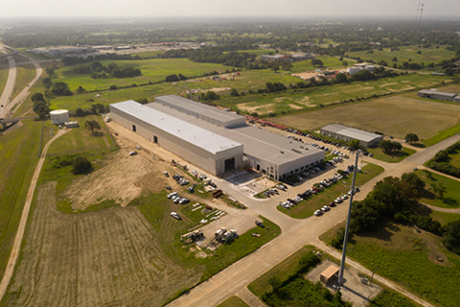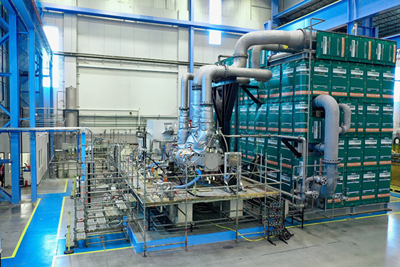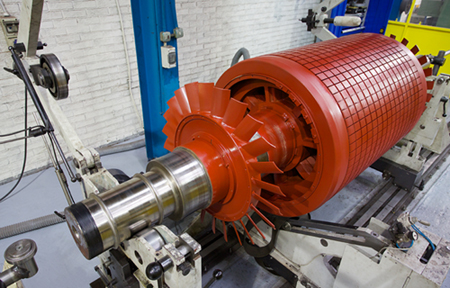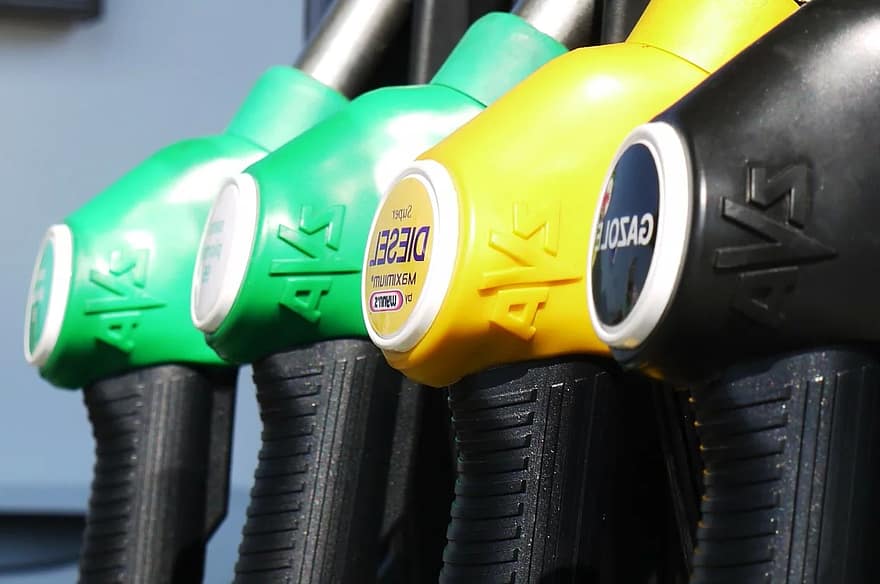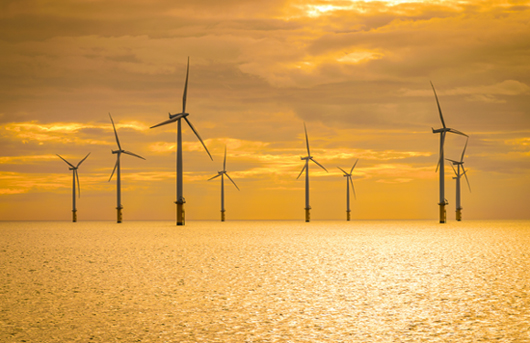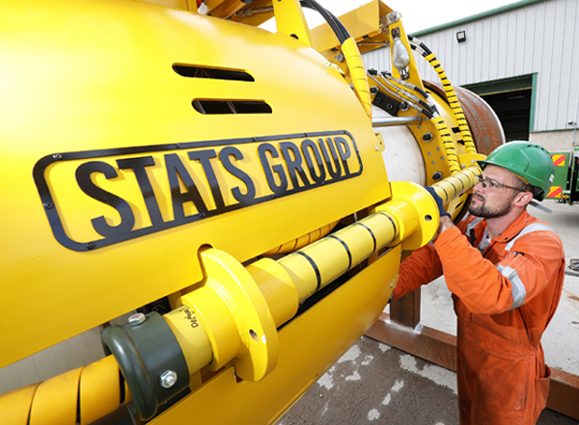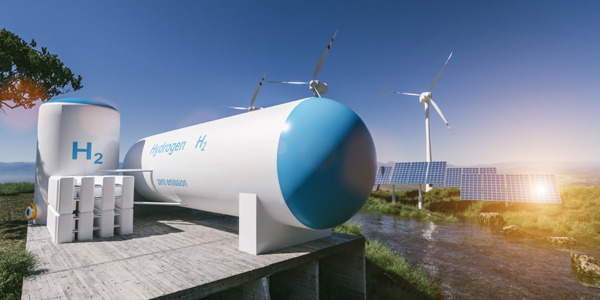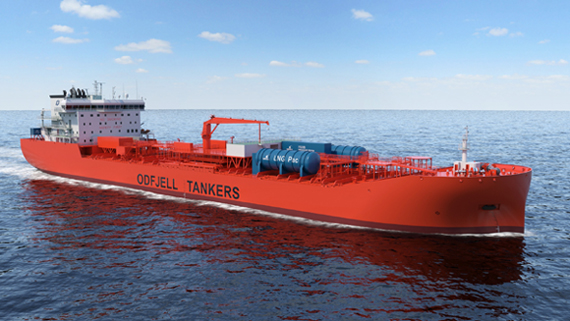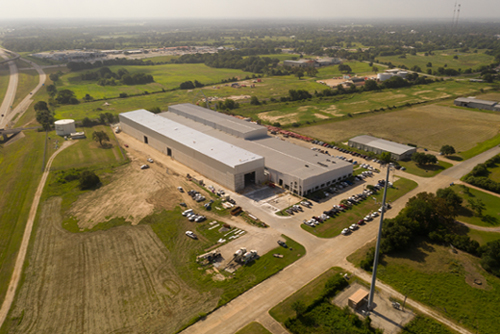
 A lithium-ion battery grid storage … unlike lithium-ion’s flammable organic ones, Fe/V flow batteries use safer aqueous electrolytes
A lithium-ion battery grid storage … unlike lithium-ion’s flammable organic ones, Fe/V flow batteries use safer aqueous electrolytes
With the cost and efficiency gap with lithium-ion batteries narrowing, the Fe/V flow battery offers a robust, eco-friendly solution to power the world’s sustainable future
In May 2025, Saudi Aramco achieved a global milestone by commissioning the world’s first megawatt-scale Iron-Vanadium (Fe/V) flow battery in Wa’ad Al-Shamal, powering gas production with solar energy backup.
This pioneering deployment underscores the growing significance of Fe/V flow batteries in sustainable energy storage.
As the world transitions to a low-carbon future, this electrochemical technology offers a compelling alternative to traditional batteries, blending cost-effectiveness, safety, and scalability.
UNDERSTANDING REDOX FLOW BATTERIES & THE FE/V VARIANT
Redox flow batteries (RFBs) are rechargeable energy storage systems that store energy in liquid electrolytes, which flow through electrochemical cells to generate electricity.
Unlike conventional batteries, RFBs separate energy storage (in electrolyte tanks) from power generation (in cell stacks), allowing independent scaling of capacity and output.
This flexibility makes them ideal for large-scale applications like grid storage and renewable energy integration.
The Iron-Vanadium (Fe/V) flow battery is a hybrid RFB that uses iron and vanadium ions as active materials in its electrolytes.
The positive electrolyte (catholyte) typically contains iron ions (Fe²+/Fe³+), while the negative electrolyte (anolyte) employs vanadium ions (V²+/V³+), separated by an ion-exchange membrane.
The Fe/V flow battery operates through redox reactions, where electrons are transferred between the iron and vanadium ions.
During charging, the iron ions in the catholyte are oxidised from Fe²+ to Fe³+, releasing electrons, while vanadium ions in the anolyte are reduced from V³+ to V²+, accepting electrons.
Discharging reverses this process, generating an electric current as the ions return to their original states.
The membrane allows ion exchange to maintain charge balance without mixing the electrolytes.
This design leverages vanadium’s multiple oxidation states and iron’s abundance, creating a system that balances performance with cost.
The battery typically operates at a cell voltage of around 1.2–1.4 V, offering stable energy output for extended periods.
• Lithium contrast: Compared to lithium-ion batteries, which store energy in solid electrodes, Fe/V flow batteries are bulkier due to their liquid electrolyte tanks but excel in stationary applications.
Unlike lithium-ion batteries, which use flammable organic electrolytes, Fe/V batteries rely on aqueous solutions, reducing fire risks.
They differ from other flow batteries, like all-vanadium RFBs, by incorporating iron, which is cheaper and more abundant than vanadium.
However, unlike all-vanadium systems, which use the same metal in both electrolytes to avoid cross-contamination, Fe/V batteries face challenges with potential electrolyte mixing, impacting long-term performance.
ADVANTAGES, LIMITATIONS & ADVANCEMENTS
• Advantages: The Fe/V flow battery offers several advantages. Its use of iron, a low-cost and abundant material, reduces reliance on scarce resources like lithium or cobalt, making it economically attractive.
The aqueous electrolyte enhances safety by eliminating thermal runaway risks, a significant concern with lithium-ion batteries.
Additionally, Fe/V batteries boast a long cycle life, often exceeding 15,000 cycles, with minimal degradation, as the redox reactions occur in liquid form without solid-phase transitions.
Their modular design allows easy scaling of energy capacity by increasing tank size, ideal for grid storage and microgrids.
Aramco’s 1 MWh Fe/V battery, developed with Rongke Power, demonstrates its robustness, operating efficiently in Saudi Arabia’s extreme heat with a 25-year lifespan.
• Limitations: However, Fe/V batteries have limitations. Their energy density is lower than lithium-ion batteries (typically 20–30 Wh/kg compared to 80–200 Wh/kg for lithium-ion), making them less suitable for compact applications like electric vehicles.
The reliance on vanadium, though reduced compared to all-vanadium RFBs, still ties costs to volatile vanadium prices, with 62 per cent of global supply from China.
Cross-contamination between iron and vanadium electrolytes can lead to capacity loss, requiring remediation strategies like electrolyte rebalancing.
Additionally, side reactions, such as hydrogen evolution at the negative electrode, can reduce efficiency, though recent research focuses on mitigating this through pH adjustments and advanced ligands.
• Advancements: Recent advancements are addressing these challenges. Beyond Aramco’s deployment, innovations in electrode materials, such as thermally activated carbon felt, have improved catalytic performance and wettability, boosting efficiency.
Researchers are exploring ligand-modified iron-vanadium chelates to enhance stability and energy density, with Otoro Energy planning commercialisation.
These developments align with the broader trend of optimising flow battery designs for cost and performance, with companies like Redox One pursuing iron-chromium alternatives to further reduce reliance on vanadium.
The Fe/V flow battery’s role in the energy transition is significant. Its long lifespan and recyclability, both electrolytes and components like carbon and plastic are reusable, support sustainability goals.
Unlike lithium-ion batteries, which face recycling challenges and resource scarcity (only 7 per cent of global lithium reserves are in China), Fe/V batteries leverage abundant iron and recyclable vanadium, reducing environmental impact.
Their ability to store renewable energy for extended periods helps stabilise grids, addressing the intermittency of solar and wind power.
Projects like the Jan De Nul pilot in Belgium, using an 800 kWh Fe/V battery, demonstrate their potential to optimise industrial energy management and support carbon-free economies.
As renewable energy adoption surges, Fe/V flow batteries are poised to play a critical role.
Their safety, scalability, and sustainability make them a strong contender for grid-scale storage, despite lower energy density.
Ongoing research and industrial trials are narrowing the cost and efficiency gap with lithium-ion batteries, with projections suggesting a 24 GW installed capacity for flow batteries in China by 2030.
By combining innovation with abundant materials, the Fe/V flow battery offers a robust, eco-friendly solution to power the world’s sustainable future.
By Abdulaziz Khattak










